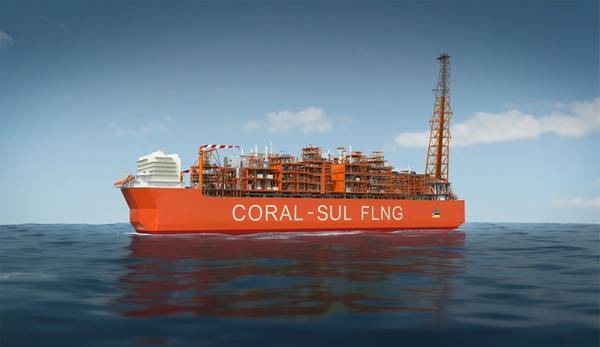Botswana, ReconAfrica Amend Exploration License to Exclude Entire Tsodilo Hills Area
Exploration License 001/2020
ReconAfrica recognizes and accepts the importance of pertinent cultural and historical
sites. As such the Tsodilo Hills, located in north-west Botswana near the Namibian
Border, an UNESCO World Heritage Site, has always been recognized by our Company,
as a site with this specific, highly important, designation.
To this regard, ReconAfrica and the Government of Botswana began a process in
October of 2020 to address this important issue. As a direct result of our collaborative
process, the Republic of Botswana has now issued an updated License to ReconAfrica
excluding ReconAfrica’s entire Core and Buffer areas of the Tsodilo Hills. The License
area is now 8990 km2 (2,221,000 acres) versus the previous 9,921 km2 (2,450,000
acres). ReconAfrica is pleased with this preferred structure as our Company has never
had plans for operations in the Tsodilo Hills area. ReconAfrica follows strict environment,
social and governance protocols.
ReconAfrica is committed to establishing operational transparency and working with all
local and national stakeholders. In all aspects of its operations, ReconAfrica is committed
to minimal disturbances in line with international best standards and will implement
environmental and social best practices in all of its project areas.
Wood Mackenzie Report on Kavango Basin
Wood Mackenzie, one of the world’s leading natural resources research and consulting
firms has released a report on analogous subsurface basins to the Kavango Basin, which
is held by ReconAfrica under licence contracts. The study detailed three world-class
basins of similar age and/or tectonic origin; the Midland-Permian Basin (Texas), the
Southern North Sea Basin, and the Doba Basin in Chad (Africa). The report demonstrates
how the Kavango Basin is analogous to all three, but particularly to the sizable Midland
Basin. This basin is of the same age (Permian) as the Kavango and has produced from
low-cost conventional reservoirs since the 1930’s, the same targets ReconAfrica is
pursuing.
Click Here for report











